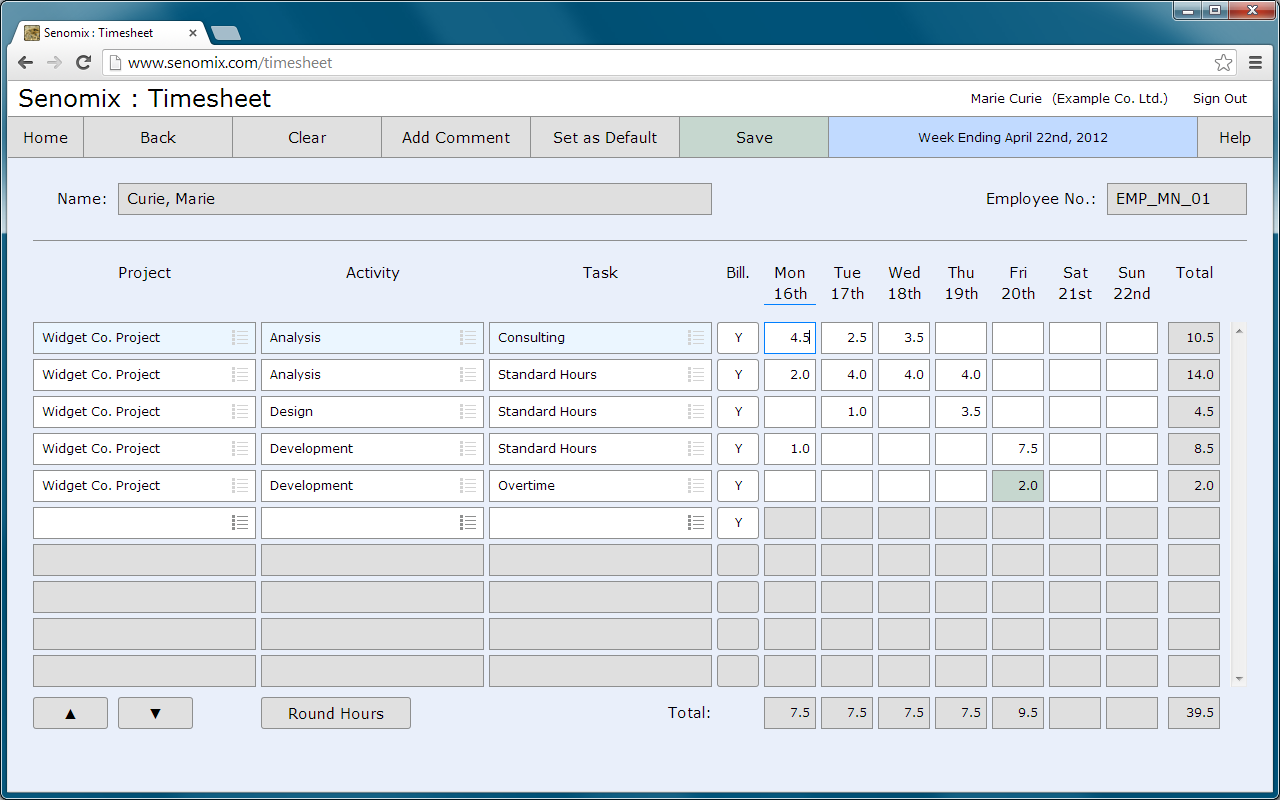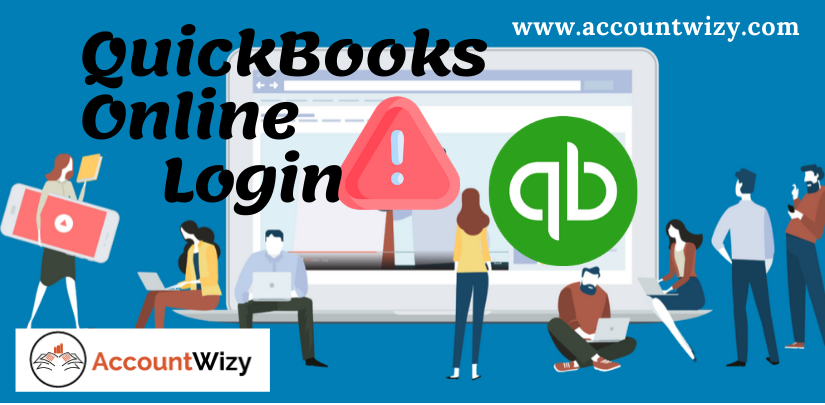
There is going to be a cost associated with setup. Setup is the key when it comes to bank feeds. They can cut cost and increase efficiency, but can also increase cost and reduce efficiency. That means you, your bookkeeper, or a CPA is doing more work.īank feeds are a two-edged sword. If the information is incorrect someone will need to fix it. Similarly, if this work is taking place in the background because of automatic bank feed rules, then the issue may not surface until the end of the year.Ī second danger is increased cost. If the bank feed automatically codes all office supplies to income then your books will not be right from the beginning.

For instance, if your automation is setup incorrectly then you will have garbage in and garbage out. While automation is beneficial it can also be detrimental. These benefits are very personalized and will mean different things to different people. This may mean that you save money or headaches. The list of pros may seem short, but there are major implications associated with increased efficiency and reduced turnaround times. That means you can have valuable information more quickly. Because bank feeds can be automated it also reduces the turnaround time. The less time you, a bookkeeper, or CPA spends working your books the better. We will explore the pros and cons to using a bank feed.Īutomation is king when it comes to efficiency.
As with most things in life there is always a caveat.

This means more time working on your business and less time working on your books.
Quickbooks online login through frame manual#
If used properly, bank feeds can greatly reduce the amount of manual data entry that is required. QuickBooks bank feeds are a powerful tool provided on the desktop and online platforms.


 0 kommentar(er)
0 kommentar(er)
